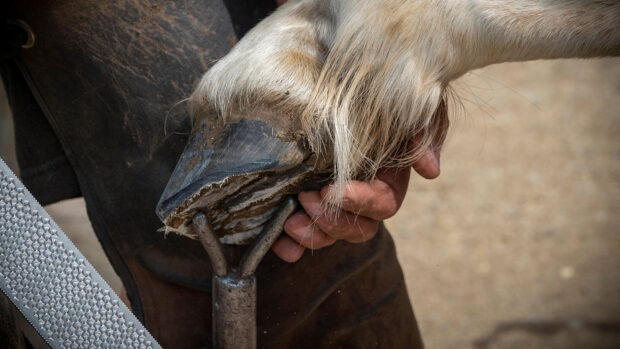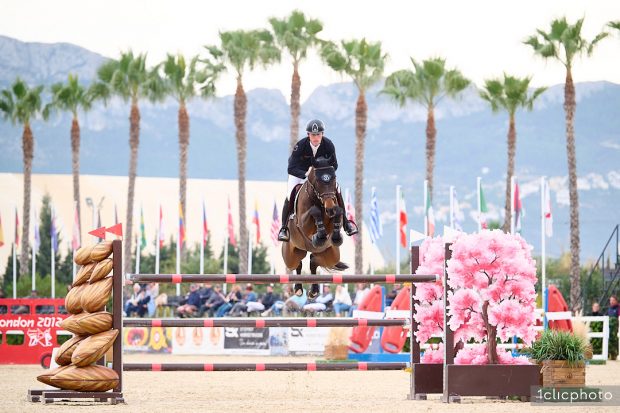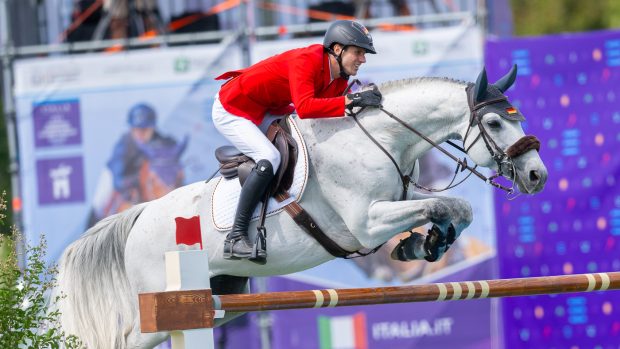Have you ever considered whether your horse would work better without shoes? Some owners believe their horses are able to perform better unshod, but farriers argue that being shoeless is not suitable for all animals and can be detrimental to the horse.
Farrier and fellow of the worshipful company of farriers Kevin Willard believes going unshod can work for certain horses in some circumstances.
“It depends on the individual horse. If the horse has excellent feet in the first place, you can jump without shoes and you can certainly do dressage and cross-country when the ground conditions are acceptable,” he says.
But farrier Richard Pay warns: “If you are going to do more work than the hoof capsule can cope with, keep your horse shod.”
One factor is the type of ground the horse must work on.
“On the roads, shoes protect the hoof wall and underlying structures from damage. But if you exercise on soft ground such as woodland, it won’t be worn down as much,” says Kevin.
Richard agrees that you must consider how much work the horse is doing on rough or hard ground, adding: “Even some sand surfaces can be abrasive.”
Kevin, meanwhile, believes one thing that can help a horse work soundly without shoes is the thickness of its sole.
“An average sole will be 3/8in thick. A Shire’s might be 1in, but a Thoroughbred’s might be paper-thin,” he says. “I know riders doing 25-mile rides with unshod Arab-types with quite strong feet.”
So how do performance horses get grip without studs?
“Studs can cause damage to the legs,” warns Kevin. “If you can leave it to your horse to hold itself up, it’s better. The horse has a natural system of grip involving the frog and the way the hoof expands and contracts.”
Even if your vet and farrier agree your horse could go without shoes, it may not work because the foot can become bruised.
“If you’re going to do it, think about taking shoes off in September when the ground is soft,” says Kevin. “Then the horse’s feet have six months to get used to the change before the hard ground comes.”
Richard warns other problems can occur in unshod horses and does not believe there are many benefits for the horse. Some owners think not shoeing will save money.
“That’s a false economy,” warns Richard. “If the horse is asked to do more work than is healthy for the capsule or if it is trimmed in an incorrect way, the horse will end up lame and owners will be landed with huge vet bills.”
Older horses with stiff joints may have difficulty holding their limbs up long enough to be shod. Such veterans are often left unshod since they are only in light work.
But you will still need to pay to have your horse trimmed by a registered farrier.
“Domesticated horses don’t have a large enough grazing area to wear the feet down themselves,” explains Richard.
Although it is not illegal for owners to trim their own horse’s feet — as long as this is not in preparation for shoeing — Horse & Hound strongly believes they should not do so.
“You cannot learn how to trim a horse correctly in a weekend course,” stresses Kevin. “The farrier can balance the foot to reduce concussion and trauma to limbs, bones and the back — the whole structure. Farriery takes a lifetime to learn.”
|
||
 |
||


 Get up to 19 issues FREE
Get up to 19 issues FREE TO SUBSCRIBE
TO SUBSCRIBE 


